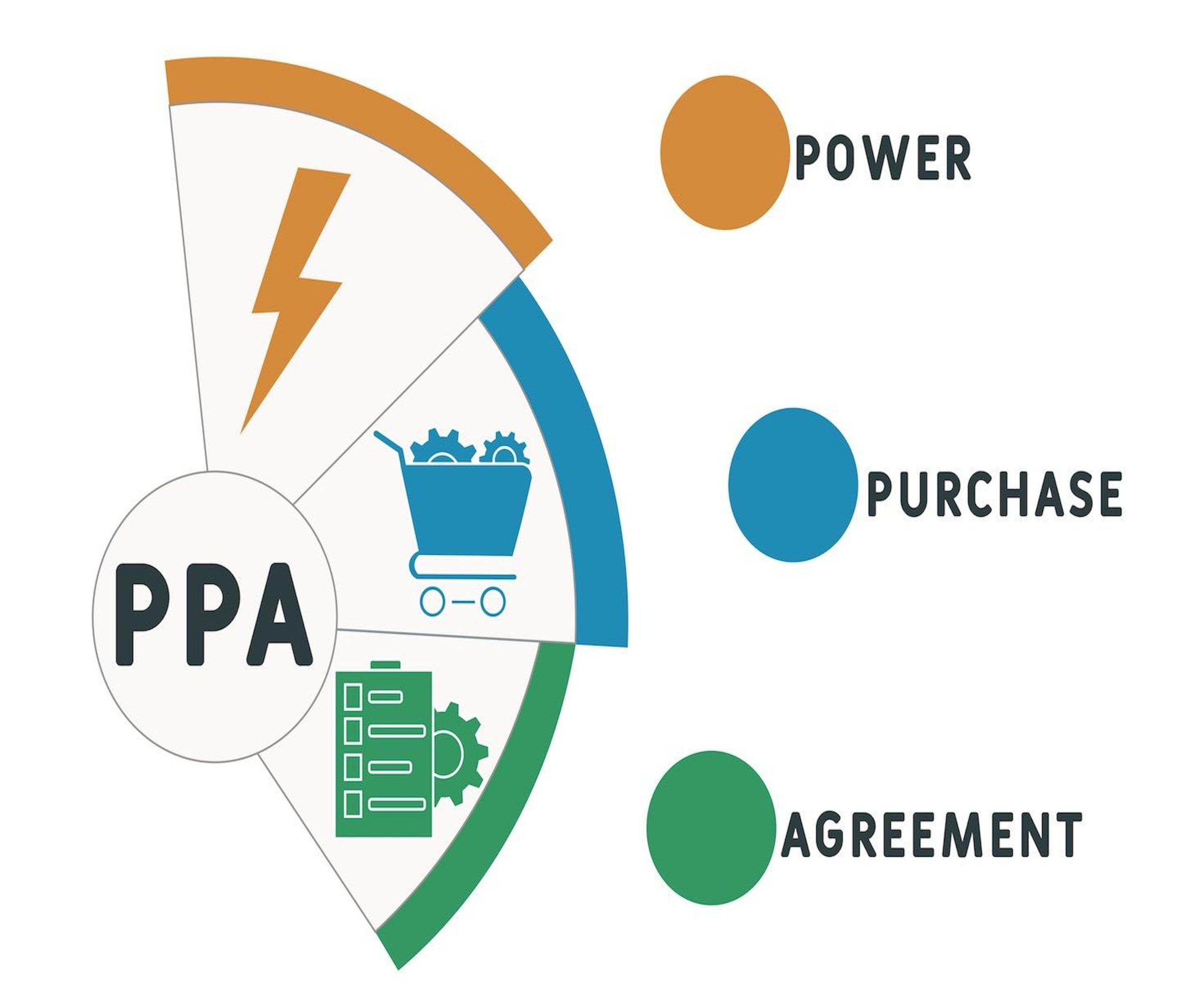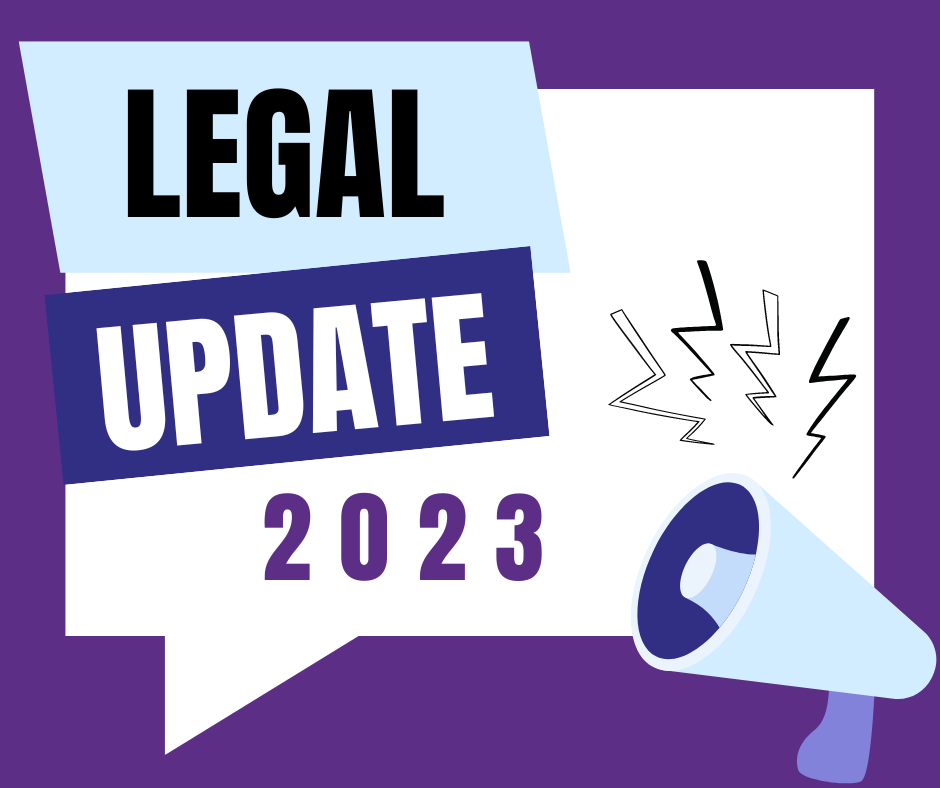In addition to online mediation and arbitration, e-courts have been focused on building and applying in many countries around the world (Australia, Canada, Korea, China, France, Russia, Singapore, etc.) to enhance the effectiveness of the judiciary. To build an e-court, the litigation process and court operations must be digitized through digital platforms. E-courts not only allow online litigation activities, state judicial services, file management, and connection to national digital platform data, but also support the work of judges and court officials.
The digitization of documents needs to be carried out comprehensively and according to the process. From the stage of submitting online lawsuits, the server system automatically receives, codes, and is ready for specialized staff to access. Judges and court clerks can send litigation documents (trial schedule notices, summonses, judgments, etc.) to the parties. For court administration, receiving, arranging and storing electronic records helps reduce manpower, stationery costs and minimize the risk of loss. For citizens, digitizing the record management system helps them access case records more quickly and easily[1]. Parties can also send additional documents and evidence, consolidate records or monitor the progress of processing records. A comprehensive digital record system will facilitate judges, court officials, other participating agencies (such as the Procuracy in Vietnam) and citizens to monitor the process of creating, processing records and researching documents anywhere and anytime. At the end of the trial, the verdict or certain information will be made public. Thus, citizens have more confidence in the effectiveness and transparency of judicial activities[2].
E-courts can also develop algorithms and AI to apply features such as automatically assigning judges; classifying and arranging files, sending notifications and scheduling trials, linking to precedents, relevant legal documents, resolving procedural issues, etc. Currently, many developed countries such as Korea, China, Australia, India, Singapore, etc. are in the process of building digital courts or smart courts[3].
In developed countries (the United States, Australia, Canada or the UK), courts have many forms of support for parties in family cases by creating self-support centers and procedures carried out online. These efforts have helped about 70% of cases where the parties resolve their own problems without resorting to legal services[4]. However, in court-to-citizen systems in many countries, lawyers are often provided with access to electronic communication mechanisms with the courts to protect the interests of their clients.
The Supreme People’s Court of Vietnam (SPC) has set a goal of completing the construction of an electronic court by 2025[5]. Currently, the SPC has published more than 930,000 court judgments and decisions and 52 precedents (SPC, 2022). The software for managing requests for review/retrial has helped the SPC form a unified database system for handling requests for review/retrial. In addition, some courts have applied software in the work of assigning judges by automatic assignment method. Thanks to information technology, judges and court leaders can easily monitor the workload and the process of resolving cases[6]. The SPC is also developing virtual assistant software for judges to support the work of resolving cases[7]. Before the above technological applications, since 2016, the Supreme People’s Court has piloted the application in four courts under the guidance of Resolution No. 04/2016/NQ-HDTP dated December 30, 2016 guiding the filing of lawsuits, documents, evidence and the provision of service, notices, and procedural documents by electronic means, including the High People’s Court in Hanoi, the People’s Court of Quang Ninh province, the People’s Court of Hanoi, and the People’s Court of Hai Phong city[8].
At the end of 2021, the National Assembly allowed the People’s Court system to organize online trials to try first instance and appeal criminal, civil, and administrative cases with simple circumstances and nature; documents and evidence in the case file are clear under Resolution No. 33/2021/QH15 dated November 12, 2021 on organizing online trials (effective from January 1, 2022). Trials will be held in real courtrooms and use electronic devices connected to each other via the Internet. Online trials must comply with the provisions of the law on litigation and must ensure information security and safety on the Internet environment. Online trials are required to ensure physical and technical conditions; ensure solemnity. Currently, a number of courts are piloting and implementing online trials such as Binh Duong[9], Ho Chi Minh City[10], Bac Giang, Hanoi and Hai Phong[11].
3. Access to justice in online dispute resolution mechanisms
3.1 Who needs access to justice?
A content of the United Nations Sustainable Development Goal 16 is to promote the rule of law at the national and international levels and ensure equal access to justice for all[12]. Access to justice or the right to access justice is often understood from two perspectives. The first perspective and also the traditional view is that access to justice is the right to a fair trial. If understood only in this sense, access to justice depends largely on the trial activities of the court, the subjects participating in the proceedings all have access to the proceedings, such as defense activities, legal aid, appeal procedures, etc. From the second perspective, access to justice is the right to seek compensation or reasonable redress for unfair treatment or damage that a subject has to bear due to other subjects, especially subjects belonging to vulnerable social groups (the poor, ethnic minorities, people with disabilities, etc.)[13].
In terms of scope, justice can be sought and accessed not only from State judicial institutions but also from non-State dispute resolution institutions. The responsibility to ensure access to justice belongs to the legislature, State judicial agencies and non-State dispute resolution mechanisms (including arbitration, mediation), the system of supervisory agencies (National Assembly, People’s Council, Fatherland Front, Trade Union, etc.)[14].
In terms of purpose, access to justice is not only about procedural issues (the right to participate in the litigation process) but also about results – compensation and redress for injustices and damages suffered as analyzed above. Justice cannot be achieved if the litigation process does not bring significant results for those whose rights are affected. This requires the resolution process to ensure fairness and compliance with legal regulations[15].
In terms of the beneficiaries of the right to access justice, access to justice focuses on vulnerable groups in society such as children who are victims of domestic violence, the poor, ethnic minorities, people with disabilities, people with serious illnesses, criminals (prisoners), stateless people, refugees, LGBT… Commonly, these are the groups that need protection, care, special support, or are at high risk of discrimination, stigmatization… From “equality” – everyone is treated the same, has equal rights and obligations regardless of the differences between them – to “fairness” – different treatment according to the needs and circumstances of the individual group to ensure that everyone can access opportunities. Vulnerable groups may not have equal opportunities with the rest of society. They need to be supported with resources according to their needs to be able to achieve an equal status or position as other subjects.
In addition, access to justice is extended not only to individuals but also to legal entities, such as small and micro enterprises. This special subject appears in almost all areas of social life such as economy, culture, society, etc. Therefore, legal entities are also subjects that can suffer injustice and damage. In the business field, small and micro enterprises can be the weaker party in partnerships with larger enterprises.
In conclusion, the right to access justice is the right of people, including vulnerable groups, to seek and obtain compensation or redress through formal judicial agencies and out-of-court dispute resolution mechanisms, in accordance with international standards on human rights[16].
(To be continued)
*The article is published in Journal of International Economics and Management, No. 149 (09/2022)
*About the Authors:
Lawyer Nguyen Hung Quang – President of Vietnam International Commercial Mediation Center (VICMC)
Nguyen Tran Lan Huong – Member of the Secretariat of Vietnam International Commercial Mediation Center (VICMC)
Nguyen Hai Giang – Member of the Secretariat of Vietnam International Commercial Mediation Center (VICMC)
Secretariat
[1] Beynel, J.F. & Casass, D. (2018), “Chantiers de la justice-Transformation numérique, Min.justice, janv”.
[2] Quang, L.I.N.H. and Luong, T.D. (2020), Report on Comparative Analysis of Judicial Integrity Mechanisms to Promote Business in Some Countries and Lessons for Vietnam.
[3] Binh, N.H. (2022), “Building an electronic court – an important task of the judicial reform strategy”, https://tapchitoaan.vn/bai-viet/phap-luat/xay-dung-toa-an-dien-tu-mot-nhiem-vu-quan-trong-cua-chien-luoc-cai-cach-tu-phap5767.html, accessed on April 4, 2022.
[4] The Hague Institute for Innovation of Law (2016), “ODR and the Courts: the promise of 100% access to justice – online dispute resolution 2016”, Trend Report IV.
[5] Binh, N.H. (2022), “Building an electronic court – an important task of the judicial reform strategy”, https://tapchitoaan.vn/bai-viet/phap-luat/xay-dung-toa-an-dien-tu-mot-nhiem-vu-quan-trong-cua-chien-luoc-cai-cach-tu-phap5767.html, accessed on April 4, 2022.
[6] Binh, N.H. (2022), “Building an electronic court – an important task of the judicial reform strategy”, https://tapchitoaan.vn/bai-viet/phap-luat/xay-dung-toa-an-dien-tu-mot-nhiem-vu-quan-trong-cua-chien-luoc-cai-cach-tu-phap5767.html, accessed on April 4, 2022.
[7] Linh, Q. (2022), “The Supreme People’s Court is about to train virtual assistant software for Judges”, https://plo.vn/phap-luat/toa-an-nhan-dan-toi-cao-sap-tap-huan-phan-mem-tro-ly-ao-cho-tham-phan-1052020.html, accessed on April 4, 2022.
[8] Quang, N.H. (2020), Report on Good Practices in Implementing Judicial Administrative Procedures to Enhance Court Integrity, UNDP & Supreme People’s Court.
[9] Yen, H. (2022), “Online trial drawing experience from the chief judge of Tan Uyen town”, https://plo.vn/phap-luat/binh-duong-phien-toa-truc-tuyen-rut-kinh-nghiem-cua-chanh-an-thi-xa-tan-uyen-1050141.html, accessed on April 5, 2022.
[10] Phuong, T. (2022), “For the first time, Ho Chi Minh City opens an online court session”, https://vietnamnet.vn/vn/phap-luat/lan-dau-tien-tp-hcm-mo-phien-toa-truc-tuyen-824681.html, accessed on April 5, 2022.
[11] Viet, D. & Hung, M. (2022), “Online trial: a breakthrough in judicial reform”, https://congly.vn/phien-toa-xet-xu-truc-tuyen-buoc-dot-pha-trong-cai-cach-tu-phap-201971.html, accessed on April 5, 2022
[12] United Nations (2015), “Sustainable Development Goal 16”. https://www.un.org/ruleoflaw/sdg-16/, truy cập ngày 03/11/2021.
[13] Anh, N.T.Q., Giao, V.C & Thang, M.V. (2019), Artificial intelligence with law and human rights, Justice Publishing House, Hanoi.
[14] UNDP (2004), “The access to justice practice note” https://www.undp.org/sites/g/files/zskgke326/files/publications/Justice_PN_En.pdf, truy cập ngày 16/03/2022.
[15] Susskind, R. (2019), Online Courts and the Future of Justice, Oxford University Press, United Kingdom.
[16] UNDP (2004), Sđd; IDLO (2020), “Goal 16: peace, justice and strong institutions” , https://www.idlo.int/sustainable-development-goals/goal-16-peace-justice-and-strong-institutions, truy cập ngày 03/11/2021.



























